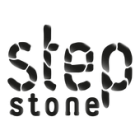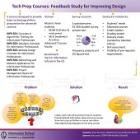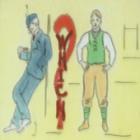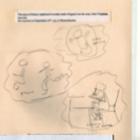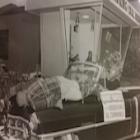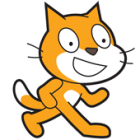
Starting from Scratch: Connecting School-Aged Children with Coding Concepts
Many children use technology regularly but are unfamiliar with underlying concepts of computer programming. ScratchJr is an introductory programming language aimed at users ages 5 and up. Similar to the Scratch programming language developed at MIT, ScratchJr works like a jigsaw puzzle, directing users to snap together pieces of code to create strings of commands. Through a series of four after-school workshops, we utilized ScratchJr on iPads to introduce coding and programming basics to twelve 2nd and 3rd grade students at Northgate Elementary School. Under our direction, students learned to create video game narratives in which they controlled their characters' movements, appearances, and speech with the coding commands available on the application. In our final lesson, we introduced students to the original Scratch and collaboratively created a game. We hope that our computer science-based program has given students increased confidence with technology, and has fostered an interest in STEM fields.


